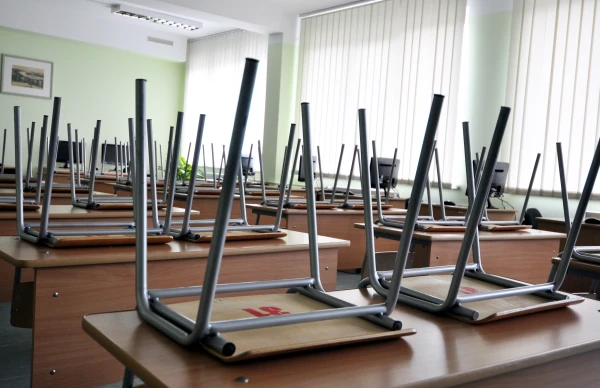
Although winter weather is not forecasted in the near future, weather conditions will become increasingly unstable, so drivers should take into account the changing conditions on the roads and plan ahead for replacing summer tires with winter ones, the Latvian State Roads company told LETA.
According to meteorological forecasts, winter weather will not settle in Latvia in the coming weeks, and conditions will be changeable, which will also affect the state of the roads. With unstable weather and fluctuations in air temperature around zero, driving conditions can change sharply and vary in different regions of Latvia. Drivers should take this into account and adapt their driving habits — allowing extra time for travel and choosing a speed appropriate to the driving conditions.
In the morning and evening, roads may become icy. Due to temperature fluctuations, roads can freeze quickly and unevenly. The so-called "black ice" may occur, which is virtually invisible and extremely dangerous. Bridges, overpasses, and areas near water bodies freeze particularly quickly. Road maintenance work improves driving conditions as much as possible; however, it is impossible to prevent the autumn and winter weather phenomena inherent to these seasons. It should be noted that even after treating the road with anti-skid materials, it can freeze again.
Drivers are urged to monitor weather forecasts and equip their vehicles with winter tires now, without waiting for the date when it becomes mandatory. From December 1 to March 1, vehicles and buses with a total weight of up to 3.5 tons must be fitted with winter tires specifically designed for use in snow and ice conditions and marked with the mountain and snowflake symbol.
Wet salt is used to improve driving conditions and reduce slipperiness. Technical salt contains at least 90% sodium chloride (NaCl), which ensures the melting of ice and snow. Road treatment is carried out to enhance traffic safety and provide conditions that meet the classes of winter road maintenance.
State roads are divided into four maintenance classes — A, B, C, and D, with the main criterion being traffic intensity: the higher the intensity, the higher the class. Different sections of the same road may have different maintenance classes. The highest — A class will be ensured for all main state roads. Maintenance work is prioritized according to the classes — the most heavily trafficked roads are serviced first. Winter maintenance of state roads is carried out in accordance with the Cabinet of Ministers' regulations on the requirements for daily maintenance of state and municipal roads and the control of their implementation.












